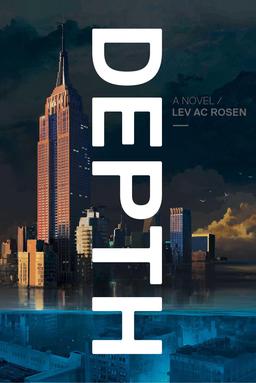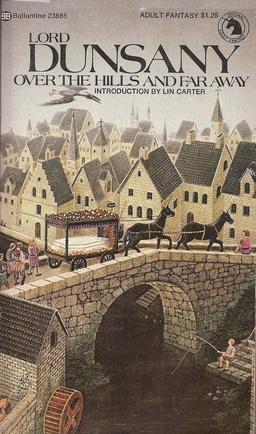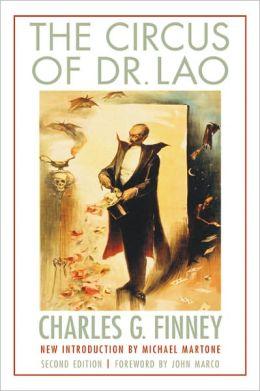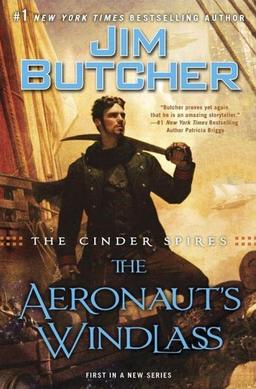Ancient Worlds: Arachne and Hubris
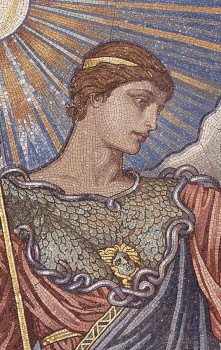 In the entryway of the temple of Apollo at Delphi, there was an inscription that read Gnothi Seauton, Know Thyself. This aphorism has been popular with various segments of Western society, particularly in the last century. When we use it, we typically mean it in the context of self-understanding or enlightenment, of introspection or even psychoanalysis. We mean self-knowledge as a deep delving into our own personality, our tastes, our desires, and our goals.
In the entryway of the temple of Apollo at Delphi, there was an inscription that read Gnothi Seauton, Know Thyself. This aphorism has been popular with various segments of Western society, particularly in the last century. When we use it, we typically mean it in the context of self-understanding or enlightenment, of introspection or even psychoanalysis. We mean self-knowledge as a deep delving into our own personality, our tastes, our desires, and our goals.
Which is slightly funny, because that is not at all what the Greeks had in mind when they carved it on the wall.
If we were to translate the intention of the inscription rather than the words themselves, it would read something like, “Remember your place.” Not nearly so satisfying, I’m afraid, but to the Greeks this was an immensely important concept. And from it, we get one of the most critical notions of characterization that we see in modern literature: that of hubris.
Hubris is the idea that there are screw-ups, and then there are cosmic screw-ups. Saying you’re prettier than the girl next door is obnoxious. Saying you’re prettier than the goddess Leto, mother of Apollo and Artemis, is a grave offense on a cosmic level, and terrible things are going to happen to you. This isn’t (just) because the gods have delicate egos and are easily offended by mean humans. It’s because they are fiercely protective of their status as gods. Were one to read a less religious and more temporal lesson in this, it is also a warning to the majority of mankind to always be cautiously respectful of those who have more power than you and to those in power over others that the gods are above all.
Ovid plays with this traditional idea in his retelling of the myth of Arachne. Arachne is classically portrayed as having broken this most important rule: she has forgotten that she is merely a mortal and that she owes respect to the gods. Arachne is a weaver, one of the greatest who has ever lived. But she refuses to give worship and thanks to the goddess Minerva (the Romanized Athena) as the goddess of weaving, and denies that she has been in any way blessed.
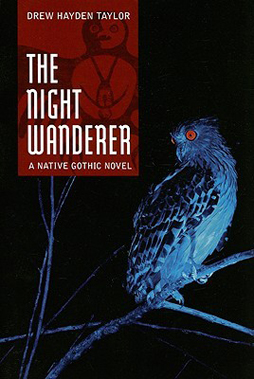 In 2007 Annick Press published a Young Adult tale called The Night Wanderer: A Native Gothic Novel by Drew Hayden Taylor, a veteran playwright, journalist, and essayist (as well as stand-up comic, TV writer, and documentary film-maker). The book follows a mysterious stranger who returns from Europe to the fictional Anishinabe (or Ojibway) Otter Lake Reserve in what is now Ontario, and a teenage girl whose life he ends up affecting. Taylor mentions in an afterword that the story began existence as a play which never quite satisfied him, until fifteen years later, while working with Annick Press on another project, he rewrote it as a prose novel. It’s since been adapted by Alison Kooistra into a graphic novel with art by Mike Wyatt.
In 2007 Annick Press published a Young Adult tale called The Night Wanderer: A Native Gothic Novel by Drew Hayden Taylor, a veteran playwright, journalist, and essayist (as well as stand-up comic, TV writer, and documentary film-maker). The book follows a mysterious stranger who returns from Europe to the fictional Anishinabe (or Ojibway) Otter Lake Reserve in what is now Ontario, and a teenage girl whose life he ends up affecting. Taylor mentions in an afterword that the story began existence as a play which never quite satisfied him, until fifteen years later, while working with Annick Press on another project, he rewrote it as a prose novel. It’s since been adapted by Alison Kooistra into a graphic novel with art by Mike Wyatt.